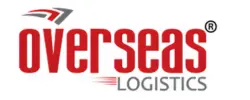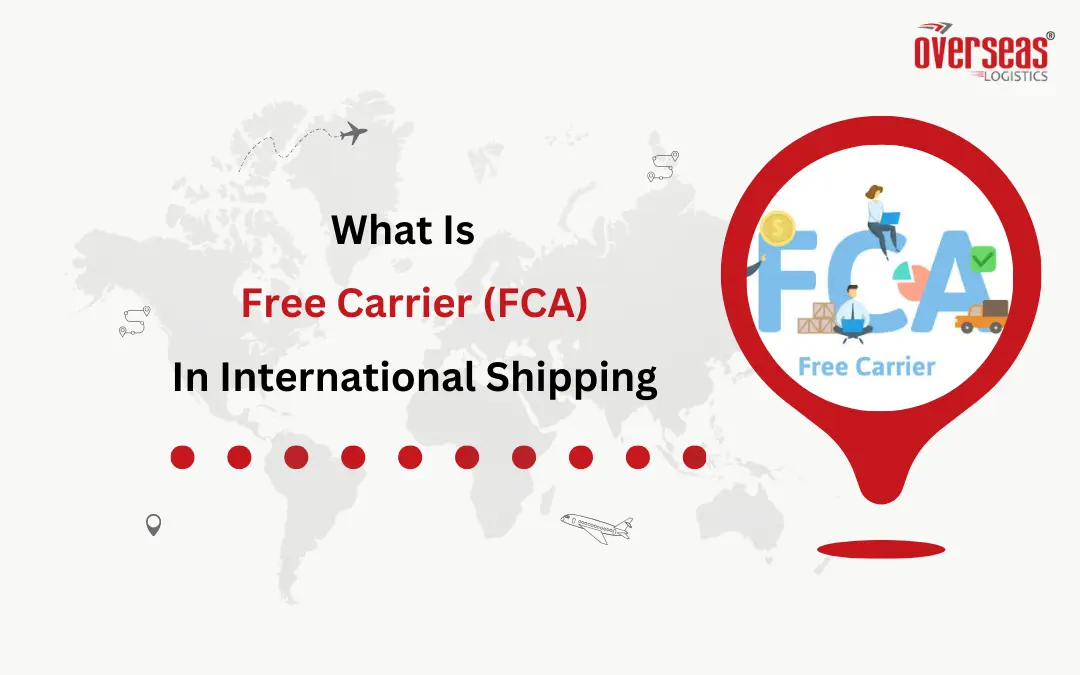In the dynamic realm of global trade, understanding and strategically applying Incoterms can be the key to unlocking operational efficiency. Among these, Free Carrier (FCA) stands out as a versatile and efficient choice, particularly in the eCommerce landscape. Let’s delve into the intricacies of FCA, exploring its definition, the roles of both buyers and sellers, and the advantages and disadvantages it brings to businesses.
FCA Defined
At its essence, Free Carrier (FCA) dictates that the seller must deliver the goods to a carrier chosen by the buyer at a specified location. This location could be the seller’s premises or another designated point, marking the end of the seller’s responsibility. Notably, the goods may not necessarily be loaded onto any means of transport at this point.
Real-World Example
Consider XYZ company, which adopted FCA for transactions with a crucial supplier in South Korea. Under this agreement, the supplier handled the delivery to the import country’s airport, managed export customs clearance, and organized freight transportation. This strategic move empowered XYZ to control the international leg of the shipment, negotiating favorable rates with a reliable air freight carrier for timely delivery.
Transformation for Businesses
Transitioning to FCA proved transformative for XYZ. Reduced shipping costs, improved transit times, and enhanced risk management strategies, including comprehensive insurance coverage, became tangible benefits for the company.
Seller’s Responsibilities under FCA
Delivery: The seller’s core responsibility is delivering the goods to an agreed-upon location, whether it’s their premises or an external site like a forwarder’s warehouse.
Documentation: Comprehensive management of essential documentation, ensuring compliance with international trade laws, and possessing the necessary export-import code are pivotal tasks for the seller.
Packaging: The seller must adhere to international courier standards, providing packaging that protects goods during transit, especially when multiple transportation modes are involved.
Costs: All costs related to transportation, vehicle loading, and customs export formalities up to the agreed delivery point fall under the seller’s domain.
Customs Clearance: Navigating export duty, taxes, and customs clearance is a complex yet critical part of the seller’s responsibilities, requiring strict compliance with regulatory requirements.
Buyer’s Responsibilities under FCA
Arranging Carriage: The buyer takes charge of arranging and managing transportation from the named delivery point, involving the selection of carriers and coordination across different modes.
Managing Risk Post-Delivery: Upon reaching the delivery point, the buyer assumes responsibility for risk management, including obtaining adequate shipping insurance coverage and contingency planning.
Handling Import Formalities: Understanding and complying with the destination country’s customs regulations, import duties, and taxes become key responsibilities for the buyer.
Unloading the Goods: The buyer is tasked with unloading goods upon arrival at the final destination, overcoming potential logistical challenges based on destination requirements.
Proof of Delivery and Documentation: Verification of proof of delivery documentation, including bills of lading, is crucial for the buyer to confirm receipt, ensure compliance, and maintain accurate records.
Advantages of FCA
Carrier Selection: Buyers can choose their preferred carrier, optimizing the main carriage.
Competitive Rates: FCA allows businesses to shop for competitive rates and services that align with their budget and delivery timeline.
Clarity in Responsibilities: FCA provides clarity on the transition of risk and responsibility from the seller to the buyer.
Efficient Consolidation: Businesses can consolidate shipments at preferred logistics hubs, ensuring efficient handling and optimal transit times globally.
Disadvantages of FCA
Logistical Challenges: Taking responsibility for the main carriage involves challenges in arranging international logistics, coordinating with carriers, and managing multiple intermediaries.
Grey Area in Risk Transfer: The exact point of risk transfer can be ambiguous if not clearly defined and agreed upon.
Legal and Logistical Complexities: FCA introduces challenges in managing export and import formalities, requiring a deep understanding of international trade laws, customs regulations, and tax implications.
Conclusion
Understanding the nuances of FCA can be a game-changer for businesses venturing into international shipping. As you navigate your business’s future, consider leveraging the Overseas Logistics platform to enhance efficiency in your shipping strategies. The AI-powered courier recommendation engine, comprehensive international shipping assistance, and additional benefits make Overseas Logistics a strategic choice for businesses aiming for streamlined global logistics.
FAQs
What is the difference between FOB and FCA?
FOB requires delivery at a designated port or place of shipment, while FCA demands goods to be delivered at a chosen place or carrier accepted by both buyer and seller.
What is the difference between FCA and EXW?
In EXW, the seller makes goods available for collection by the buyer at their premises, while FCA requires the seller to deliver goods to a carrier specified by the buyer, arranging for transportation and ensuring readiness for collection by the carrier.

